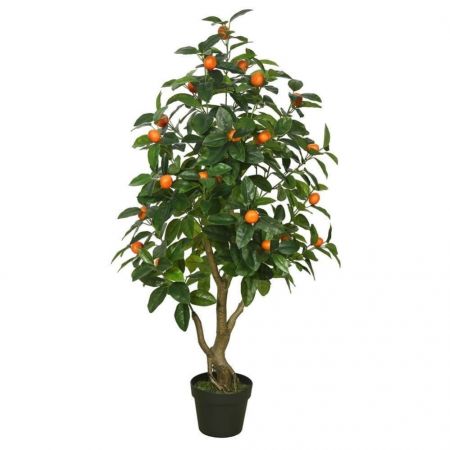Cricket Ball Sapota Plant with nursery cover
Cricket Ball Sapota is a versatile fruit that can be used in a variety of culinary applications: Fresh: The fruit is often eaten fresh as a snack or added to fruit salads. Smoothies and Juices: The sweet, creamy texture makes sapota an excellent addition to smoothies, milkshakes, and juices. Desserts: It is used in making cakes, ice creams, puddings, and pies due to its rich, sweet flavor. Chutneys and Jams: The fruit can also be used to make chutneys or jams, often paired with other fruits like mango or guava.
₹ 249.00
₹349
(Inclusive of all taxes)
-

No Warranty
-

COD Not Avilable
-

Non Returnable
-

cancelable
About this item
Botanical Characteristics:
- Scientific Name: Manilkara zapota (formerly known as Achras zapota)
- Common Name: Cricket Ball Sapota, Chikoo, Sapodilla, Chiku
- Family: Sapotaceae
2. Physical Appearance:
- Size: The Cricket Ball Sapota is larger than regular sapotas, often resembling the size and shape of a cricket ball, with a diameter of around 8–10 cm (3–4 inches).
- Shape: The fruit is typically round or slightly oval in shape.
- Skin: The skin is smooth, brown, and slightly rough, giving it the characteristic "cricket ball" look. As the fruit ripens, the skin darkens to a dark brown.
- Flesh: The flesh inside is light brown or cream-colored, with a soft, grainy texture. The fruit contains black seeds that are not edible but can be easily removed.
0 Review Of Product Cricket Ball Sapota Plant with nursery cover

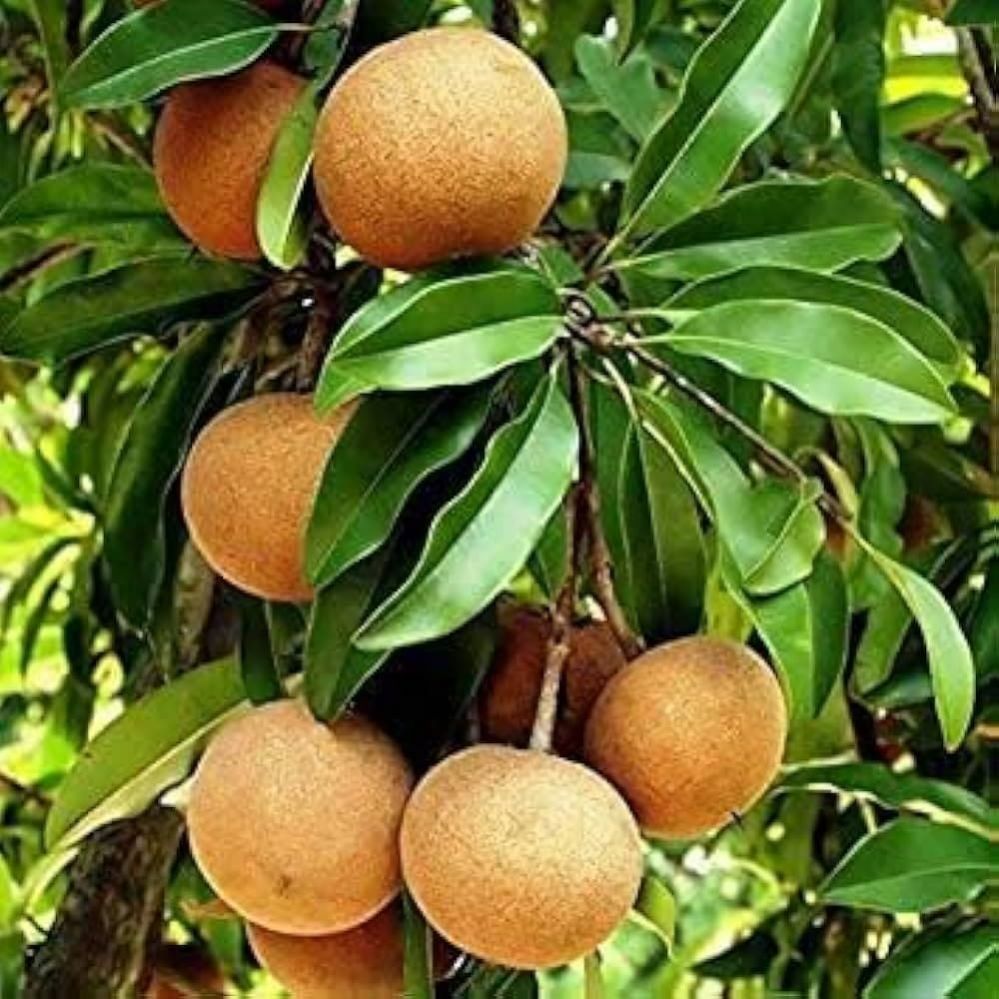
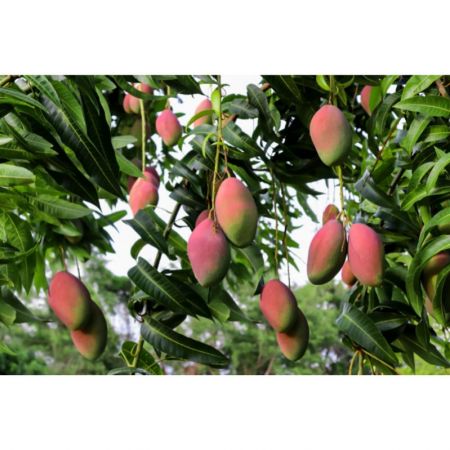


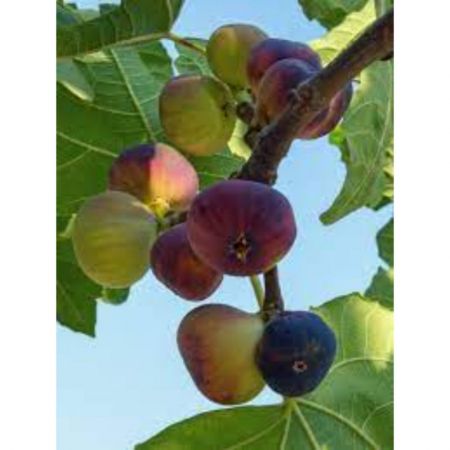

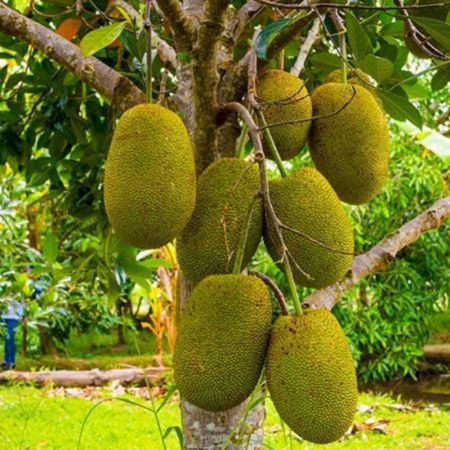
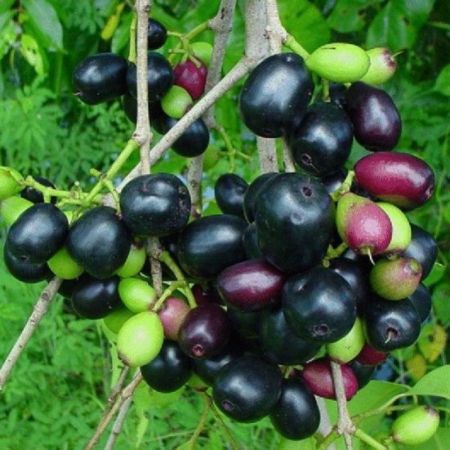


.png)
